Israel at war: first responders are hoping to amplify evidence of Hamas attacks on civilians
In the aftermath of massacres by Hamas, the most harrowing and vital evidence of civilian suffering is coming from first responders. And they want the world to know what they saw.
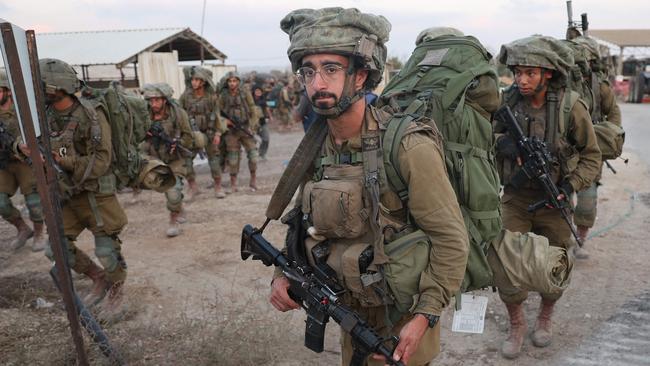
In the aftermath of weekend massacres carried out by Hamas terrorists, the most harrowing and vital evidence of civilian suffering is coming from first responders to the scene.
Possibly in violation of protocol, they’re disseminating grisly footage of their discoveries – and they have their reasons.
Acting anonymously, this disparate coalition of frontline officers, organised around a Telegram channel, South First Responders, is uploading pictures from dashcams, CCTV observation posts and mobile phones, and urging that these images be amplified.
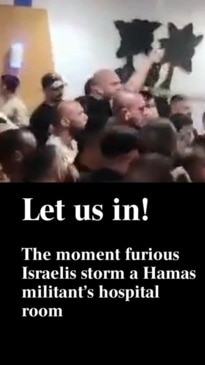
Confronting as the images are, administrators are adamant their purpose is noble. A message posted to some 25,000 subscribers said doing so was necessary to reveal “the true horrors that took place here”. Material from survivors of the attacks are also being uploaded to the Telegram channel, whose base grows daily.
If there is a second purpose, the release of these crowd-sourced glimpses of carnage are being used to contradict claims by Hamas officials, who insist their entity does not seek to harm anyone out of uniform, and that outlets claiming that is so are victims of “Israeli propaganda”. At this point, it’s a claim well past the point of absurdity.
“We found the remains of a car full of civilians which appears to have tried to escape the attack from the kibbutz,” said a recent post to the channel, referring to murders that took place at the entrance to the community of Be’eri, located near the Gaza Strip.
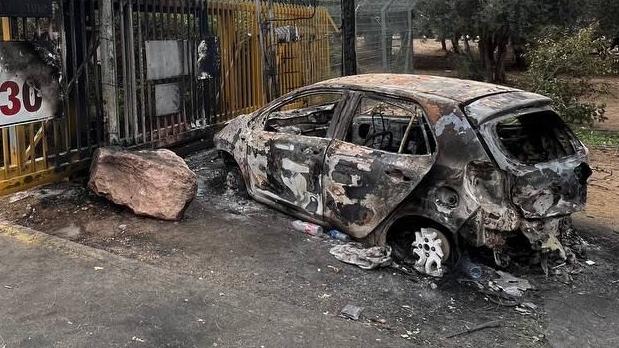
Attempts to contact those associated with operating South First Responders were unsuccessful, owing to their need to remain unidentified.
A person answering questions on the group’s behalf also requested anonymity, but clarified to The Australian that there was no leadership or structure to the group. They said the channel was merely a feed for incoming content from a network of trusted sources.
“All footage that we post here is sent by our guys in the field,” a post on the channel says. “If we post it, it means that one of our guys in our network has sent it to us from the ground in the south.”
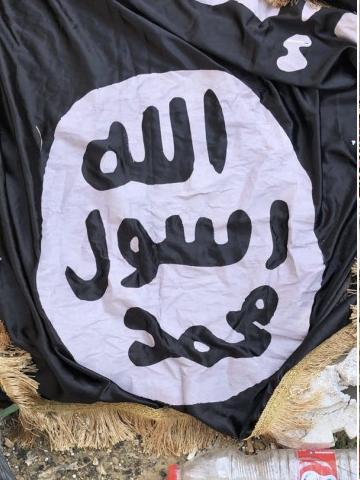
Not all the images are able to be immediately verified, including photographs of an ISIS flag seized from a dead Hamas gunman near a military post at Kibbutz Sufa.
A caption accompanying the photograph said the terrorists “planned to raise the flag at the military post in the event that they succeeded to capture it”.
Most of the content attests to barbaric levels of violence and suffering meted out against women, children and the elderly over the weekend, much of it too graphic to reproduce.
Routinely provided are images of strewn bodies, razed buildings, butchered animals, children burned alive in their homes, or the dead being robbed.
Images of the bodies of terrorists are also frequently uploaded.
Some images, however, are easier to absorb, such as the weaponry left behind once the Israel Defence Forces moved in to liquidate the terrorist presence.
These photos tell their own story of the attack’s planning and capability.
At Kibbutz Holit, a shoulder-fired anti-aircraft missile found at the scene was suspected to have been brought to “fire on helicopters that would come to evacuate wounded Israelis”.
Elsewhere, and recovered from the terrorists, were detailed equipment lists outlining which accomplices were carrying C4 explosives or heavy machine guns.
These would end up being detonated during gunfights with the Israeli military, the ordnance, in some cases, reducing homes to rubble.


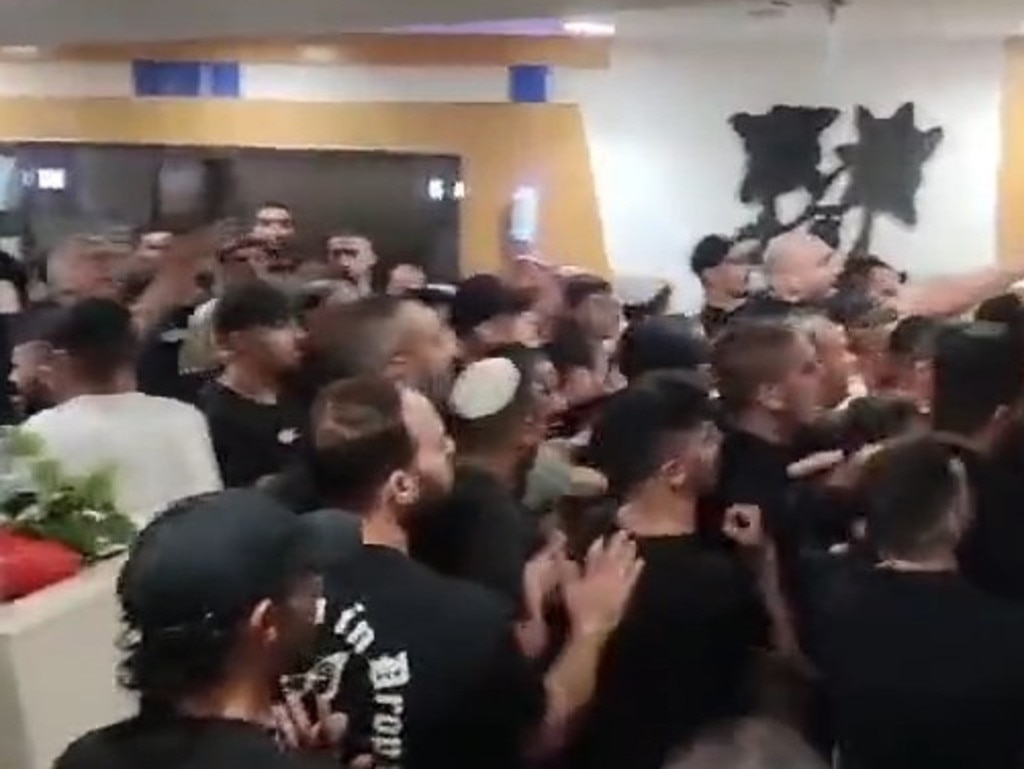

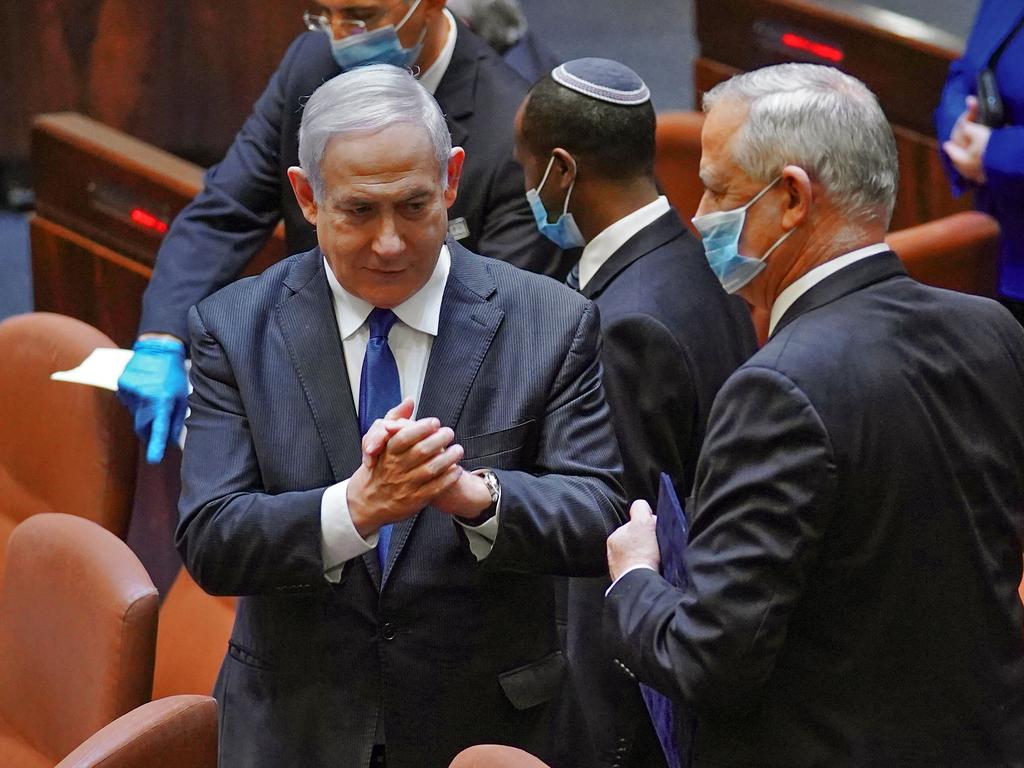
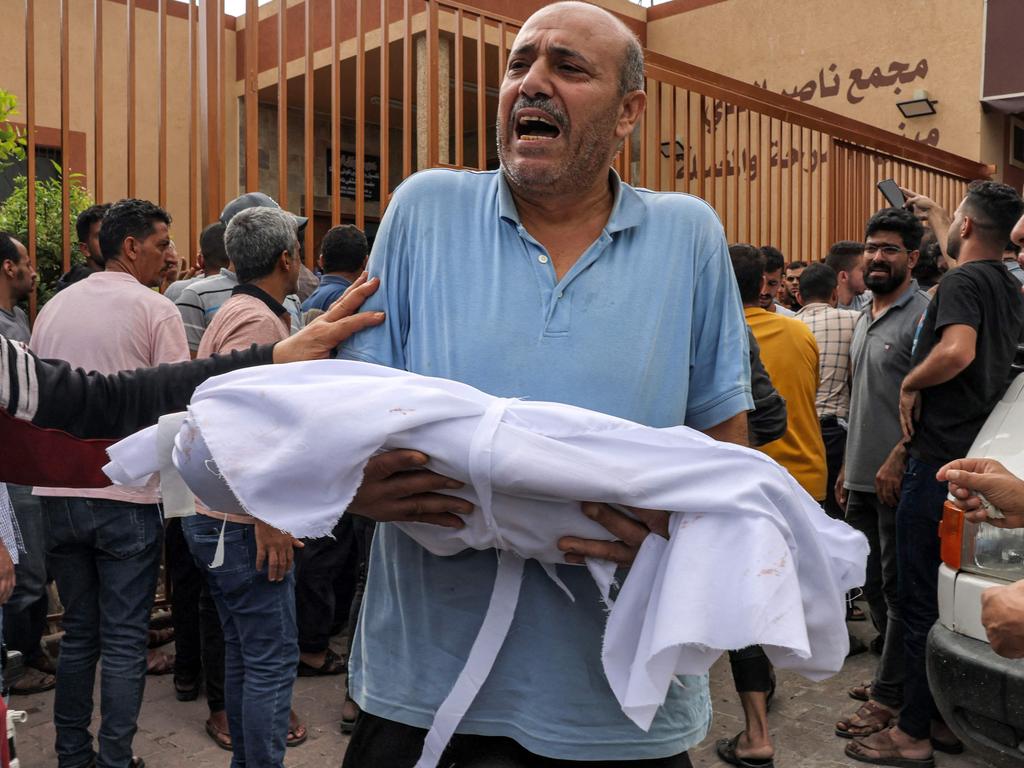


To join the conversation, please log in. Don't have an account? Register
Join the conversation, you are commenting as Logout